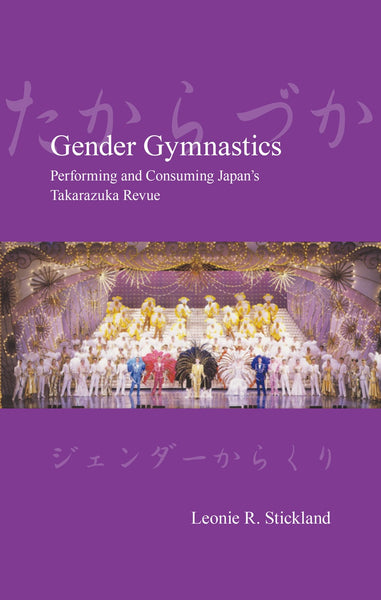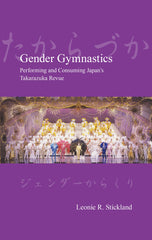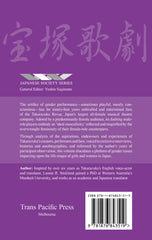Gender Gymnastics
Many In Stock
The artifice of gender performance - sometimes playful, mostly conscientious - has enthralled and entertained audiences of Japan's all-female Takarazuka Revue for more than 90 years. The dashing male-role players in its musical theatre productions enjoy the adulation of a predominantly female audience for whom these handsome idols represent ideal masculinity, while, at the same time, these 'men' in turn are reflected and magnified by the overwrought femininity of their female-role counterparts. This volume resounds with the voices of those closest to Takarazuka, the girls and women who have danced, sung, and acted in its limelight. Using exclusive interviews, historical records, autobiographies, and years of close-hand observations, former Revue translator and voice actor Leonie Stickland extensively explores the aspirations, endeavors, and experiences of Takarazuka's creators, performers, and adoring fans. Stickland's book simultaneously elucidates gender issues which have impacted upon the life-stages of women in Japan throughout the past century.
About Editors and Authors
Leonie Stickland holds a PhD, a BA in Asian Studies (Hons), a GradDipEd (Secondary Teaching) and a Diploma of Interpreting. She is a lecturer in Japanese language and Japanese studies at Murdoch University in Perth, Australia. Her research interests include gender, sexuality and ageing in the East Asian context.
Table of contents
Plates
Acknowledgements
Notes on names and translations
Introduction
1 The Takarazuka Revue, 1913–2007
2 Joining Takarazuka: Motivation and Others’ Reactions
3 Negotiating the ‘Narrow Gate’ to the Music School
4 Performing Gender on and off Stage
5 Pleasures and Permutations of Takarazuka Fandom
6 Life after Takarazuka
Show More >
Plates
Acknowledgements
Notes on names and translations
Introduction
1 The Takarazuka Revue, 1913–2007
2 Joining Takarazuka: Motivation and Others’ Reactions
3 Negotiating the ‘Narrow Gate’ to the Music School
4 Performing Gender on and off Stage
5 Pleasures and Permutations of Takarazuka Fandom
6 Life after Takarazuka
Conclusion
Notes
Appendix: Survey Questionnaire
Bibliography
Interview informants
Index
< Show Less


